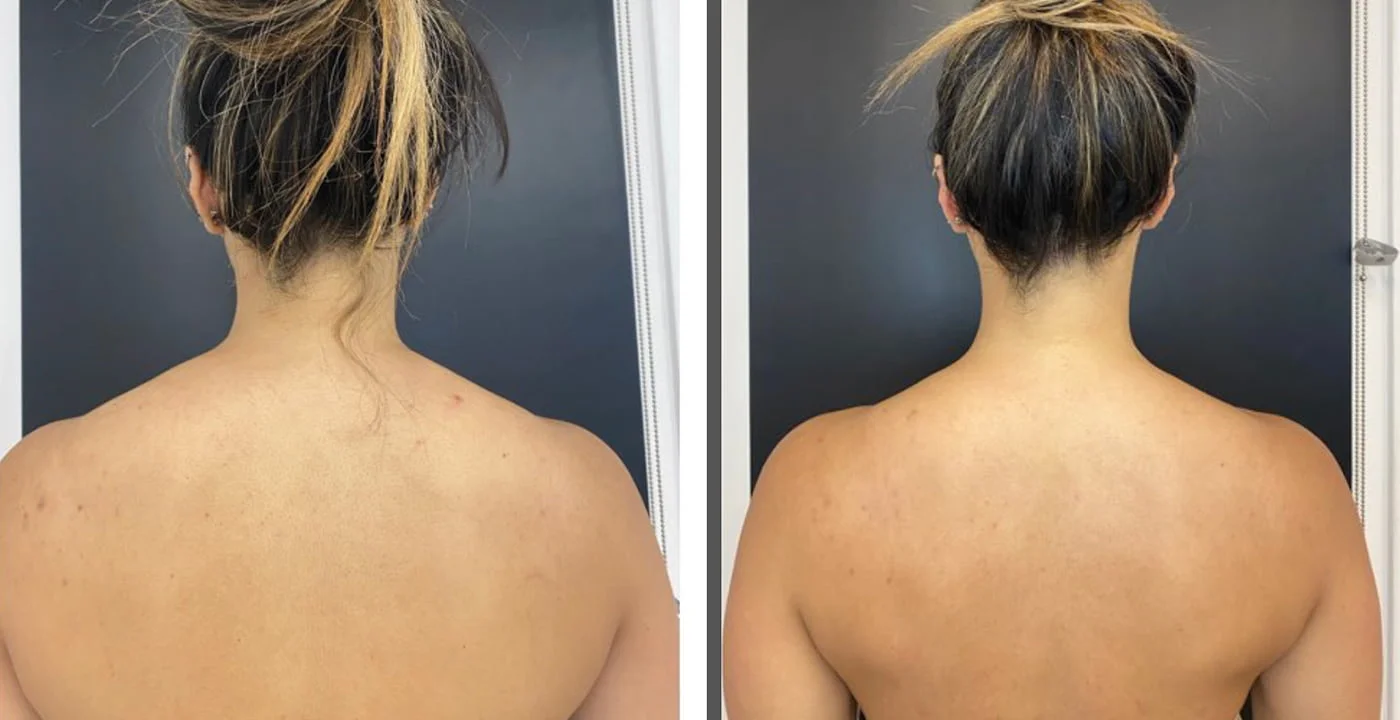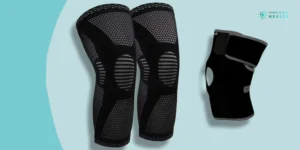Introduction to TrapTox:
TrapTox, short for “Trap Botox,” is a cosmetic procedure that has gained popularity in recent years. It specifically targets the muscles of the trapezius, which are located at the back of the neck and shoulders. These muscles are commonly associated with tension, pain, and stiffness, often resulting from stress, poor posture, or repetitive motions. TrapTox aims to alleviate these symptoms by temporarily paralyzing the trapezius muscles through the use of botulinum toxin injections, commonly known as Botox.
What is TrapTox?
TrapTox involves the injection of botulinum toxin into specific points of the trapezius muscles. Botulinum toxin is a neurotoxin produced by the bacterium Clostridium botulinum. When injected in small, controlled doses, it temporarily inhibits the release of acetylcholine, a neurotransmitter responsible for muscle contraction. By blocking this neurotransmitter, TrapTox effectively relaxes the trapezius muscles, reducing tension and relieving associated symptoms.
Benefits of TrapTox:
TrapTox offers various advantages, including:
- Relief from chronic neck and shoulder pain
- Reduction of tension headaches and migraines
- Improved posture and range of motion
- Decreased muscle stiffness and spasms
- Enhanced overall comfort and relaxation in the neck and shoulders
- Potential prevention of future muscle-related issues through regular treatments
What Happens During TrapTox Injections?
During a Trap Botox procedure, a qualified healthcare provider, typically a dermatologist or plastic surgeon, administers the injections. The process involves several steps:
- Consultation: The provider evaluates the patient’s medical history, current symptoms, and expectations to determine if TrapTox is suitable.
- Marking the Injection Sites: The provider identifies the optimal points for injection based on the patient’s anatomy and the desired outcome.
- Cleansing the Skin: The injection sites are cleansed with an antiseptic solution to minimize the risk of infection.
- Administering the Injections: Using a fine needle, the provider injects small amounts of botulinum toxin into the targeted areas of the trapezius muscles.
- Monitoring and Post-Injection Care: The patient may be observed for a short period to ensure there are no immediate adverse reactions. They are usually advised to avoid strenuous activity and certain medications that could increase bruising.
Who Is a Good Candidate for TrapTox?
TrapTox may be suitable for individuals experiencing chronic neck and shoulder pain, tension headaches, or muscle stiffness related to overuse or poor posture. Good candidates for TrapTox typically exhibit the following characteristics:
- Persistent neck and shoulder tension or pain
- Limited relief from conservative treatments such as massage or physical therapy
- Absence of contraindications such as allergies to botulinum toxin or certain medical conditions
- Realistic expectations regarding the outcomes of the procedure
TrapTox Recovery:
The recovery process after TrapTox injections is relatively mild compared to invasive surgical procedures. However, patients may experience some temporary side effects, including:
- Mild discomfort or tenderness at the injection sites
- Temporary weakness or fatigue in the treated muscles
- Bruising or redness, which usually resolves within a few days
Most individuals can resume their normal activities immediately after TrapTox injections, although strenuous exercise and certain medications may need to be avoided for a short period to minimize the risk of complications. The full effects of TrapTox typically develop within one to two weeks and can last for several months before requiring repeat treatments.
Trap Botox FAQs:
- How long does TrapTox last?
- The duration of TrapTox results varies from person to person but generally lasts between three to six months. Repeat treatments are necessary to maintain the effects over time.
- The duration of TrapTox results varies from person to person but generally lasts between three to six months. Repeat treatments are necessary to maintain the effects over time.
- Are TrapTox injections painful?
- Discomfort during TrapTox injections is typically minimal and well-tolerated by most patients. Some individuals may experience mild stinging or pressure at the injection sites, which usually subsides quickly.
- Discomfort during TrapTox injections is typically minimal and well-tolerated by most patients. Some individuals may experience mild stinging or pressure at the injection sites, which usually subsides quickly.
- Are there any risks associated with TrapTox?
- While TrapTox is considered safe when administered by a qualified healthcare professional, there are potential risks and side effects, including allergic reactions, muscle weakness, and injection site reactions. These risks are minimized by following proper injection techniques and precautions.
- While TrapTox is considered safe when administered by a qualified healthcare professional, there are potential risks and side effects, including allergic reactions, muscle weakness, and injection site reactions. These risks are minimized by following proper injection techniques and precautions.
- Can TrapTox be combined with other treatments?
- TrapTox can be combined with complementary therapies such as physical therapy, massage, or chiropractic care to enhance its benefits. However, it’s essential to consult with a healthcare provider to ensure compatibility and safety.
- TrapTox can be combined with complementary therapies such as physical therapy, massage, or chiropractic care to enhance its benefits. However, it’s essential to consult with a healthcare provider to ensure compatibility and safety.
- Who should avoid TrapTox?
- Individuals with certain medical conditions, allergies to botulinum toxin, or pregnant or breastfeeding women should avoid TrapTox. Additionally, those with unrealistic expectations or seeking a permanent solution to their symptoms may not be suitable candidates.
In conclusion, Trap Botox is a non-invasive cosmetic procedure that offers relief from chronic neck and shoulder pain, tension headaches, and muscle stiffness by temporarily relaxing the trapezius muscles through botulinum toxin injections. While it provides numerous benefits for suitable candidates, it’s essential to consult with a qualified healthcare provider to determine if TrapTox is the right option and to ensure safe and effective treatment.





